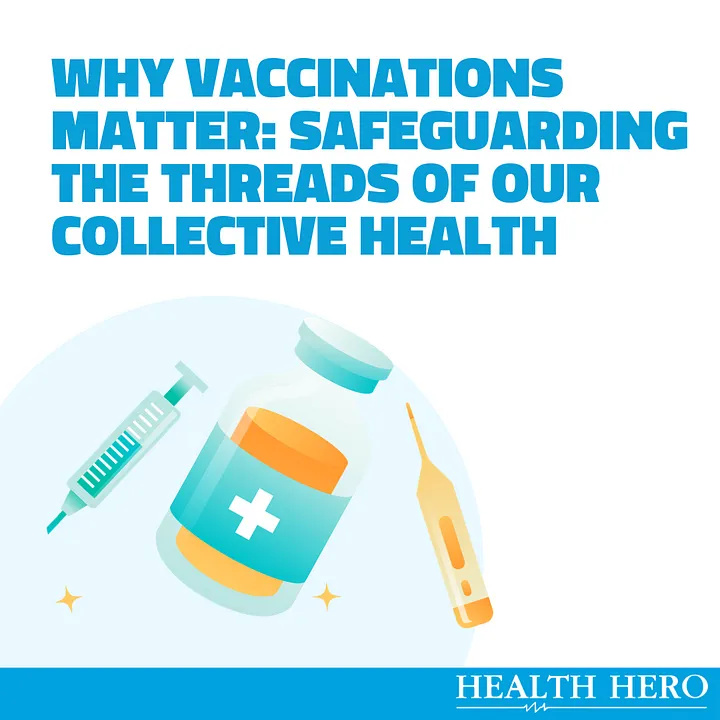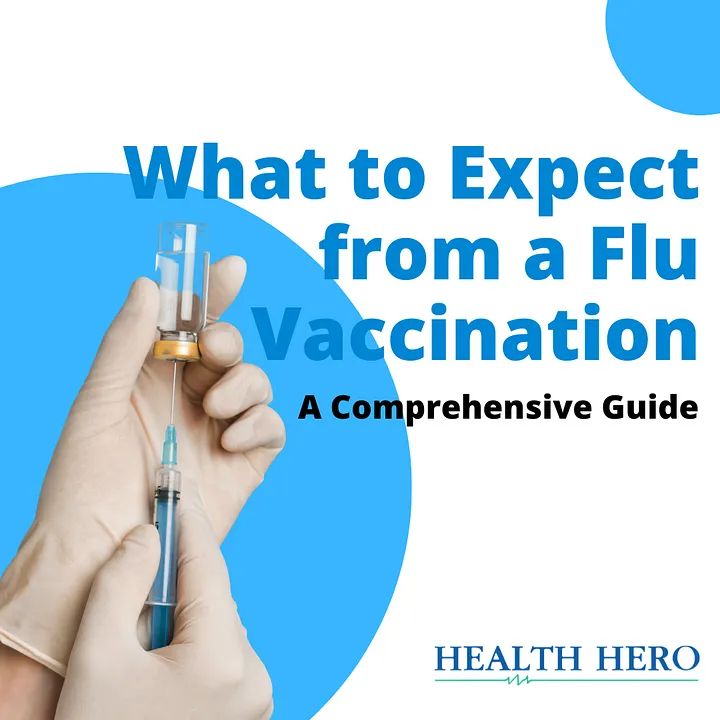In the vibrant town of VitaVille, children loved playing in the park, climbing trees, chasing after colorful butterflies, and sharing stories. However, recently, the park seemed quieter. Some of VitaVille’s kids were getting sick, and everyone was worried.
Lucy and Sam, two curious siblings, were determined to find a solution. They’d heard about magical armors from their grandma’s tales that could protect people from harm.
While in the library searching for clues, an old dusty book caught Lucy’s eye. It read, “The Legend of the Magic Armor.” Excitedly, she opened it.
The book narrated the tale of an armor that gave protection against invisible enemies. These enemies were too small for the eye to see but could cause great harm. “Could this be the solution to VitaVille’s problem?” Sam wondered aloud.
Inspired by the tale, the duo visited the town’s wise healer, Dr. Green. After listening to their story, Dr. Green chuckled. “Ah! The Magic Armor you speak of exists, but it’s not like the armor you imagine. It’s called a vaccine,” she said, showing them a tiny vial.
Lucy and Sam looked at each other in confusion. “How can that tiny thing be like magic armor?” Lucy questioned.
Dr. Green smiled, “This vaccine prepares your body to defend itself against those invisible enemies. Once you take it, your body becomes strong, just like wearing armor protecting you and everyone around you.”
Lucy and Sam, filled with excitement, decided to wear this “Magic Armor.” They felt brave, knowing they were now protected. They spread the word to all their friends in VitaVille.
Soon, the once-quiet park echoed with laughter and joy. The children of VitaVille had found their Magic Armor, ensuring their playtimes were fun and safe.
And so, the tale of the Magic Armor became a reality in VitaVille, a story of protection, unity, and the magic that happens when a community comes together.
The end.


